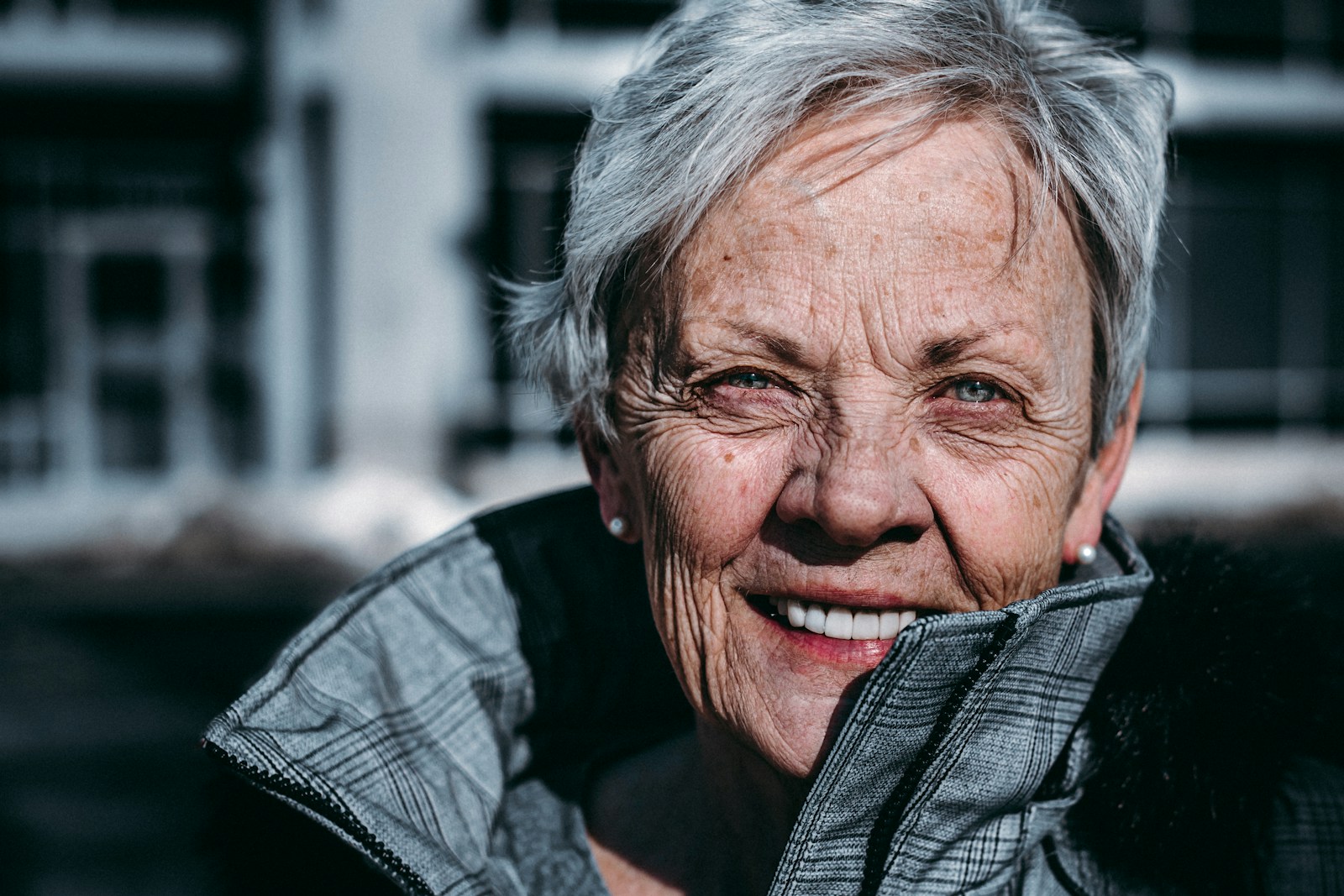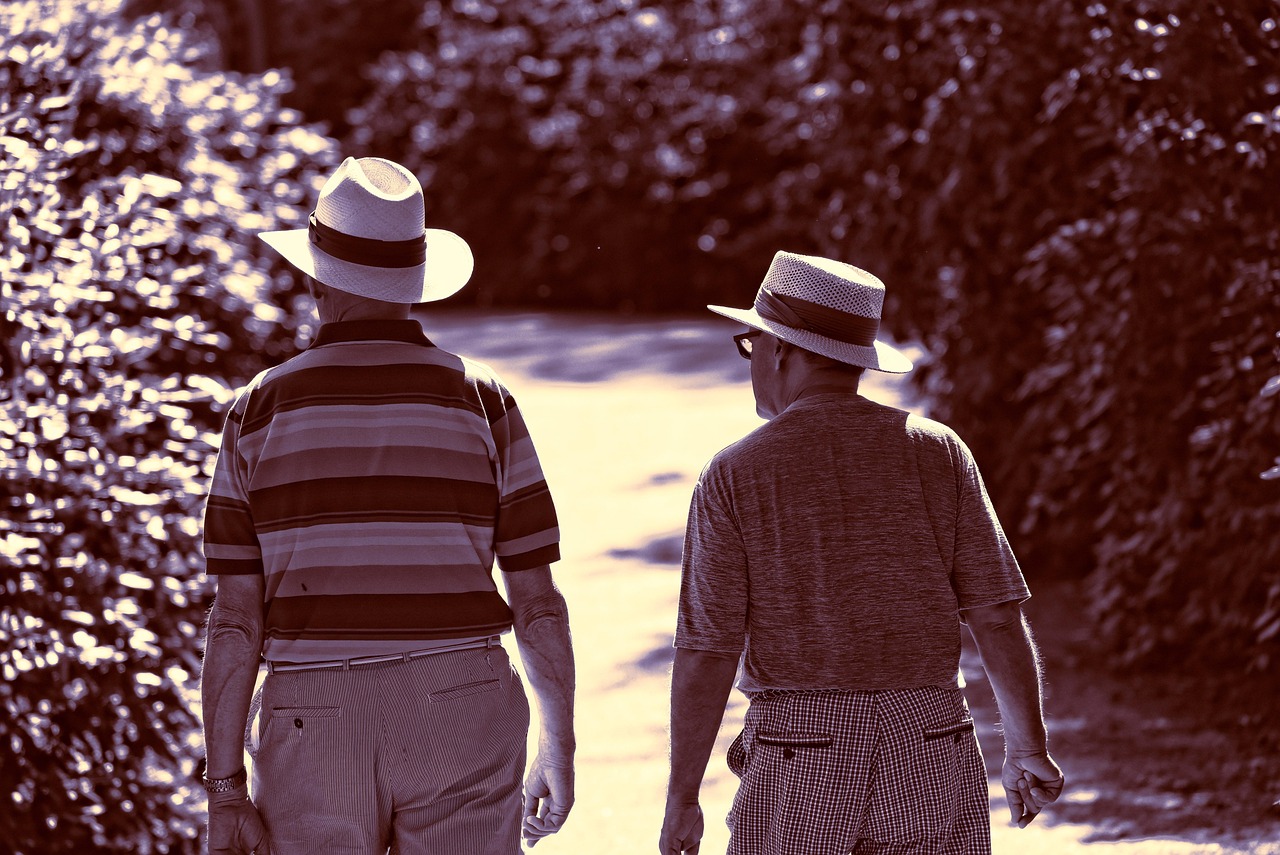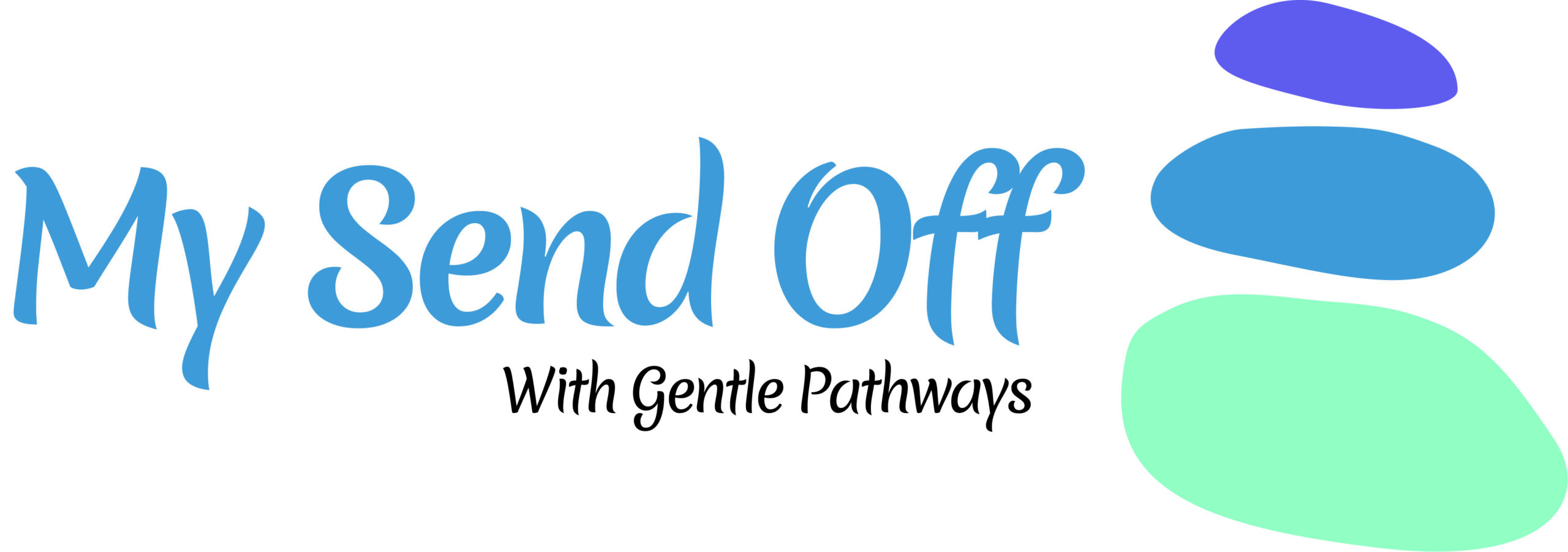End of life care is a specific phase of the Palliative Care journey. Generally the end of life or terminal phase occurs in the final days or hours of life. Care required during this time is increased and relates to management of symptoms experienced by someone approaching the end of their life. For LGBTIQA+ people and their carers, coordinated care is needed that recognises and supports their Palliative Care journey.

Many LGBTIQA+ people have a chosen family who may not be of their actual biological family and might include a partner, spouse, close companion and even animals that are important to them. The Medical Decision Maker appointed by the LGBTIQA+ person may form part of their chosen family and consequently be a surprise to biological family members when they approach their final weeks or days. It is important to recognise the decisions a person has made prior to their end of life and the status of people they consider family, especially if a marriage has occurred. Some people may have distanced themselves from biological family for many years and their life choices must be respected and recognised as legally binding. Sadly the stigma experienced by LGBTIQA+ people has resulted in secrecy and shame and their wishes can be in danger of not being followed. It is recommended LGBTIQA+ people be specific when making important decisions and legally document their wishes to ensure they and their partner are protected after death. Unfortunately LGBTIQA+ people are often estranged from biological family who may attempt to control medical care at end of life and change funeral arrangements, excluding the person’s life partner.
LGBTIQA+ people are known for their love of life and colourful celebrations although many who are not open about their sexuality may face shame, anxiety and lack of confidence about sharing their wishes. LGBTIQA+ people are more likely to experience unemployment, housing and financial instability affecting their quality of life. End of life planning encompasses all aspects of a person’s life including what kind of care is acceptable, where to live and how to die. End of life rituals and grieving can be withheld by families of LGBTIQA+ people to exclude the chosen family if plans are not put in place for their inclusion.
Major gaps in health provider’s knowledge of LGBTIQA+ people’s legal process needs can lead to loss of decision making capacity especially when questions are asked way too late. Medical workers may take the easy option of deferring to the person’s biological family if they are unsure of who has legal authority during the terminal stages of dying. If a Medical Treatment Decision Maker hasn’t been appointed and a person is unable to make a decision about their own medical treatment, the law provides a hierarchy of the people to make a decision on their behalf:
- A legally recognised guardian
- Followed by spouse or domestic partner; primary carer; oldest adult child; oldest parent; or oldest adult sibling of the person

It is therefore very important to LGBTIQA+ people to document their choices for a Medical Decision Maker who may be part of their chosen family. Recommendations are that older LGBTIQA+ people should be very specific about documenting and appointing the people they wish to take care of their Enduring Guardian, Medical Decision Maker, superannuation beneficiary etc. This is to ensure the person’s wishes are binding, respected and protected from financial abuse or discrimination by institutions. Sadly it is also important to be aware of elder or financial abuse from relatives or people in a position of power. Consideration must be made in regard to many older LGBTIQA+ people who may be estranged from biological family, and those family members may have a conflict of interest, so respect of the individual’s choices are paramount. Notably people of all ages who are LGBTIQA+ can face legal issues at end-of-life and pre-planning is important to ensure choices are respected. Most Australian states’ and territories’ guardianship and medical treatment laws recognise members of chosen families as possible decision-makers at the end of life. Additionally it is important to recognise that intersex people have often experienced—as a community and as individuals—pathologisation of their bodies and subjection to unnecessary, invasive or irreversible medical procedures. Historical lack of choice and autonomy over their bodies can lead people to carry trauma and distrust in medical or health services.
Vulnerabilities at the end-of-life stage include poverty, unemployment and housing challenges, especially for transgender people. Older people who are LGBTIQA+ are, on average, more financially vulnerable than non-LGBTIQA+ older people and may remain dependent on their families of origin. The person’s autonomy may be at risk and important aspects of their lifestyles and healthcare may be excluded in their support. It is not uncommon for estranged family members to “re-write what’s happened in someone’s last days” and continue to refuse to accept their life choices including use of hormone therapy.

Although it may be difficult to ‘come out’ repeatedly to different health care providers, especially when doing so risks discrimination in medical settings like hospitals, hospices and aged care, it is important to maintain a person’s individuality and lifestyle choices. The LGBTIQA+ Palliative Project “values our community’s diversity. We are committed to providing an inclusive, welcoming and safe service and workplace for everyone who engages with our organisation regardless of race, culture, religion, sexuality, gender identity, age or ability.” More information on LGBTIQA+ support at end of life can be found here: Palliative Care – LGBTIQA+ Health Australia

